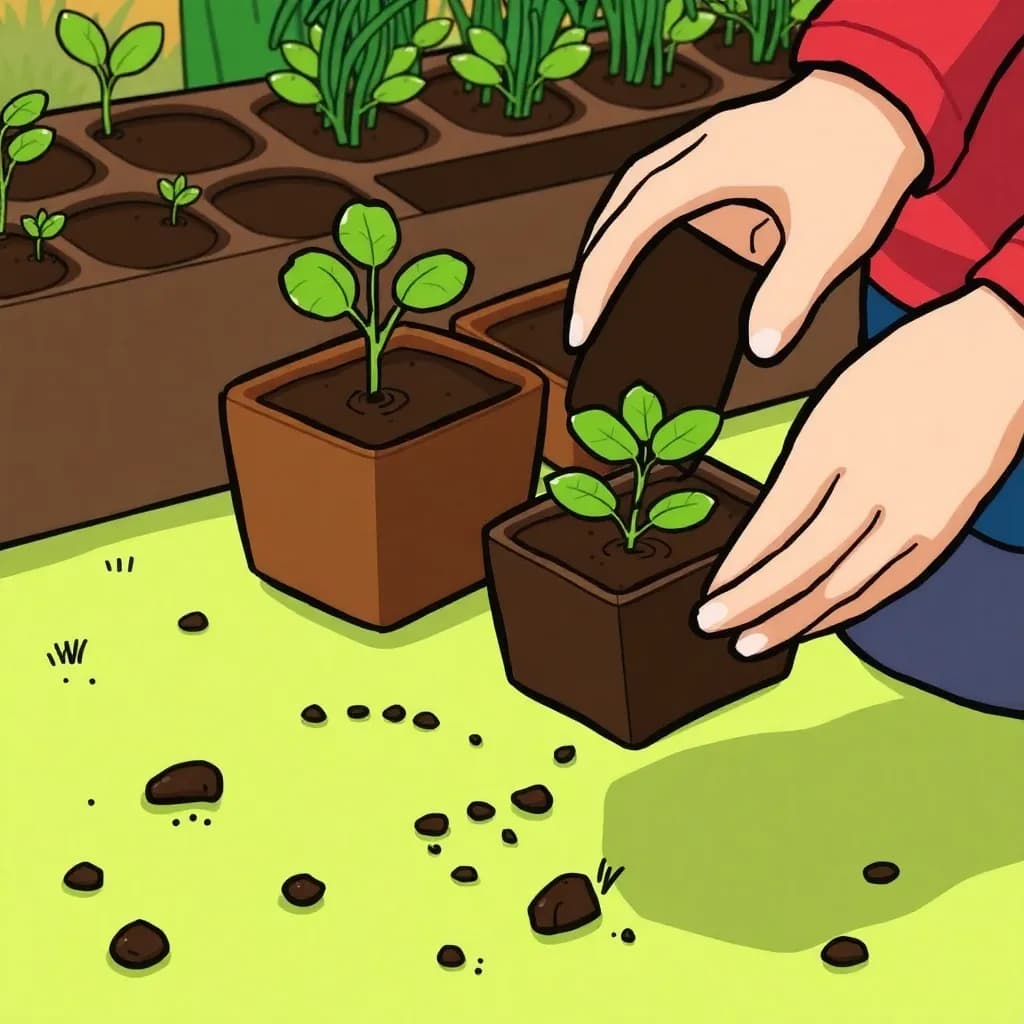
A Growing Trend: Soil Blocking Captures Gardeners' Hearts
As spring heralds the start of another gardening season, many enthusiasts are reconsidering their methods for starting seedlings. Among the various techniques, soil blocking has emerged as a popular choice for those seeking to cultivate their gardens more sustainably. This hands-on method, which eliminates the need for plastic containers, is gaining traction among serious gardeners. Christopher Hallett, a farm manager at Growing Hope Urban Farm in Ypsilanti, Michigan, has been an advocate for this environmentally friendly approach. Recently, he led a class demonstrating how soil blocking can reduce the use of plastic and peat, drawing interest from both seasoned gardeners and novices eager to embrace eco-friendly practices.
The Mechanics and Benefits of Soil Blocking
Soil blocking stands out for its simplicity and environmental benefits. The method involves creating compact blocks of soil using a mixture of peat moss, dirt, lime, perlite, and other components, which are then pressed into a mold resembling an ice cube tray. This approach not only reduces the reliance on plastic pots but also addresses concerns associated with peat pots, which often contain non-biodegradable woven plastic fabrics. Hallett highlights the economical nature of soil blocking tools, which cost less than $20 and can last up to 20 years. These tools cater to various plant types, from small herbs to larger vegetables like squash.
Participants in Hallett's class, such as retiree Donna Kolojeskie, have embraced the technique for its ability to minimize the purchasing of disposable seedling containers. Meanwhile, aspiring gardener Amorita Oliver sees soil blocking as a step towards self-sufficiency in food production, expressing a desire to grow her own food amidst growing concerns about food quality and safety.
A Sustainable Future for Gardening
The shift towards soil blocking reflects a broader trend in gardening—one that prioritizes sustainability and self-reliance. As more gardeners explore this method, the impact on reducing plastic waste and conserving resources like peat is significant. The technique's adaptability makes it accessible, even for those with limited space, like apartment dwellers who can set up small-scale greenhouses indoors.
Looking ahead, the popularity of soil blocking could inspire further innovation in sustainable gardening practices. As individuals like Osprey Elliott and Amorita Oliver continue to share their experiences and knowledge, a community-driven movement towards eco-friendly gardening is poised to flourish. By embracing soil blocking, gardeners not only contribute to environmental conservation but also foster a greater sense of connection to the earth and their food sources. This growing trend emphasizes that, sometimes, the most impactful changes begin with simple, hands-on methods.